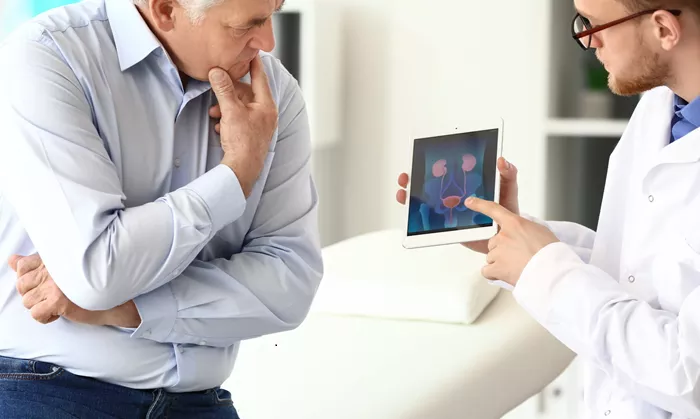10 Best Treatment For Median Lobe Prostate
Introduction
The median lobe of the prostate can present unique challenges for men suffering from benign prostatic hyperplasia (BPH). When the median lobe is enlarged, it can block the urinary tract, leading to discomfort, frequent urination, and other health concerns. Fortunately, there are a variety of treatments available, both medical and surgical, that can help manage these symptoms effectively. In this guide, we’ll explore the top 10 treatments for managing a median lobe prostate, offering a comprehensive understanding of each option.
1. Lifestyle Modifications
One of the first steps to managing a median lobe prostate is making simple lifestyle changes. Drinking plenty of water, reducing caffeine and alcohol consumption, and maintaining a healthy weight can help reduce symptoms. A balanced diet rich in fruits, vegetables, and whole grains can also support prostate health.
2. Alpha-Blockers
Alpha-blockers like tamsulosin and alfuzosin help relax the muscles around the prostate, making it easier to urinate. These medications are commonly prescribed for BPH symptoms and can significantly improve urinary flow.
3. 5-Alpha Reductase Inhibitors
Medications such as finasteride and dutasteride are used to shrink the prostate by blocking the hormone responsible for prostate growth. While these drugs take several months to show results, they can help reduce symptoms in the long term.
4. Combination Therapy
For some men, a combination of alpha-blockers and 5-alpha reductase inhibitors may offer the best relief. This approach addresses both the symptoms of BPH and the underlying cause of prostate enlargement.
5. Minimal Invasive Procedures
Minimally invasive techniques, such as transurethral microwave therapy (TUMT) and transurethral needle ablation (TUNA), can be effective in treating an enlarged median lobe. These procedures use heat to shrink prostate tissue and relieve symptoms with minimal downtime.
6. Transurethral Resection of the Prostate (TURP)
For more severe cases of BPH, TURP remains one of the most common surgical treatments. During this procedure, a surgeon removes the excess prostate tissue blocking the urinary tract, providing long-term symptom relief.
7. Laser Therapy
Laser prostatectomy, using either holmium laser enucleation (HoLEP) or green light laser therapy, can effectively treat prostate enlargement by removing excess tissue. These procedures offer a minimally invasive solution with a faster recovery time than traditional surgery.
8. Prostate Stents
A prostate stent is a small device inserted into the urethra to help keep it open. This treatment is generally recommended for men who cannot undergo surgery due to other health conditions. While it offers relief, it may require regular monitoring and adjustments.
9. UroLift System
The UroLift system is a non-invasive procedure where tiny implants are used to lift and hold the enlarged prostate tissue away from the urethra. This treatment is effective in relieving urinary symptoms without removing prostate tissue.
10. Prostate Artery Embolization (PAE)
Prostate artery embolization (PAE) is a newer, non-surgical treatment for BPH. This technique involves blocking the blood supply to the enlarged prostate, causing it to shrink over time. PAE is a promising option for men who are not candidates for surgery.
Conclusion
Choosing the right treatment for a median lobe prostate depends on various factors, including the severity of the condition and the patient’s overall health. While lifestyle changes can provide initial relief, many men benefit from medications or minimally invasive treatments. For those with more severe symptoms, surgical options like TURP or laser therapy can offer long-term relief. Consult with a healthcare professional to determine the best treatment plan based on your unique needs.
FAQs
1. What is the median lobe of the prostate, and why does it cause symptoms?
The median lobe is a part of the prostate gland located between the urethra and the bladder. When it becomes enlarged due to benign prostatic hyperplasia (BPH), it can block the urinary tract, causing symptoms like frequent urination, difficulty starting urination, and weak urinary flow.
2. Can medications cure an enlarged prostate?
Medications like alpha-blockers and 5-alpha reductase inhibitors can help manage symptoms and slow the progression of prostate enlargement. However, they do not cure the condition. For more severe cases, surgery or minimally invasive treatments may be necessary.
3. Are minimally invasive treatments safe for older men?
Yes, many minimally invasive treatments, such as the UroLift system and laser therapy, are safe for older men. These procedures typically involve less risk and faster recovery times compared to traditional surgery. However, it’s important to consult a healthcare provider to ensure suitability based on individual health conditions.
Related topics:


